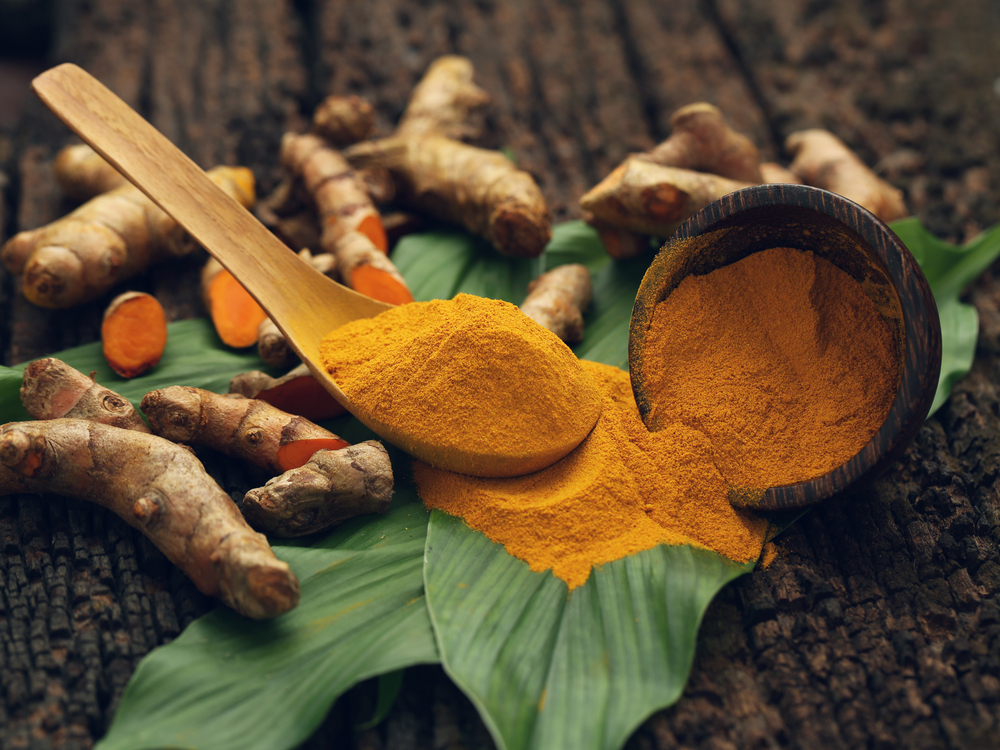The reddish-yellow golden powder called turmeric (Curcuma longa) has been spicing the world for centuries. It’s in the ginger family, and like ginger, has tremendous medicinal benefits and is well known for the enhancements and flavors it brings to any dish. Its origin is a plant native to Southeast Asia. A substance found in turmeric called curcumin is responsible for the yellowness in curry and is known for its anti-cancer, anti-inflammatory and antioxidant properties.
One major factor in countless chronic diseases like cancer, arthritis and heart disease is inflammation. Turmeric is hailed as a healing hero in Ayurvedic (India’s natural alternative system of medicine) and Chinese medicines when it comes to fighting inflammation. In South East Asia, turmeric is used for dyeing and is held sacred in the Hindu religion.
If you or a loved one is dealing with the unfortunate health challenge of lung, breast, or colon cancer, we suggest you do a deep dive into the benefits of turmeric. It has been known to be quite effective with those particular cancers. Along with taking personal responsibility for your health and doing your research, make sure to consult your doctor or a health professional that can save you time and energy with your research.
You can then focus on health and healing.

It’s amazing how much herbs can help our bodies heal naturally. More benefits of turmeric include treating diabetes, wound healing, fighting acne, slowing down the aging process and helping control blood pressure.
So turmeric is a spice that brightens and enhances the flavor of food, is a coloring agent for dyeing clothes, and has a host of healing benefits. Many more scientific studies are being conducted with turmeric, and it looks like more findings will prove that after being used for around 4000 years, it has earned the title it’s been given recently, which is Superfood.
Words by Kaba Abdul-Fattaah.








